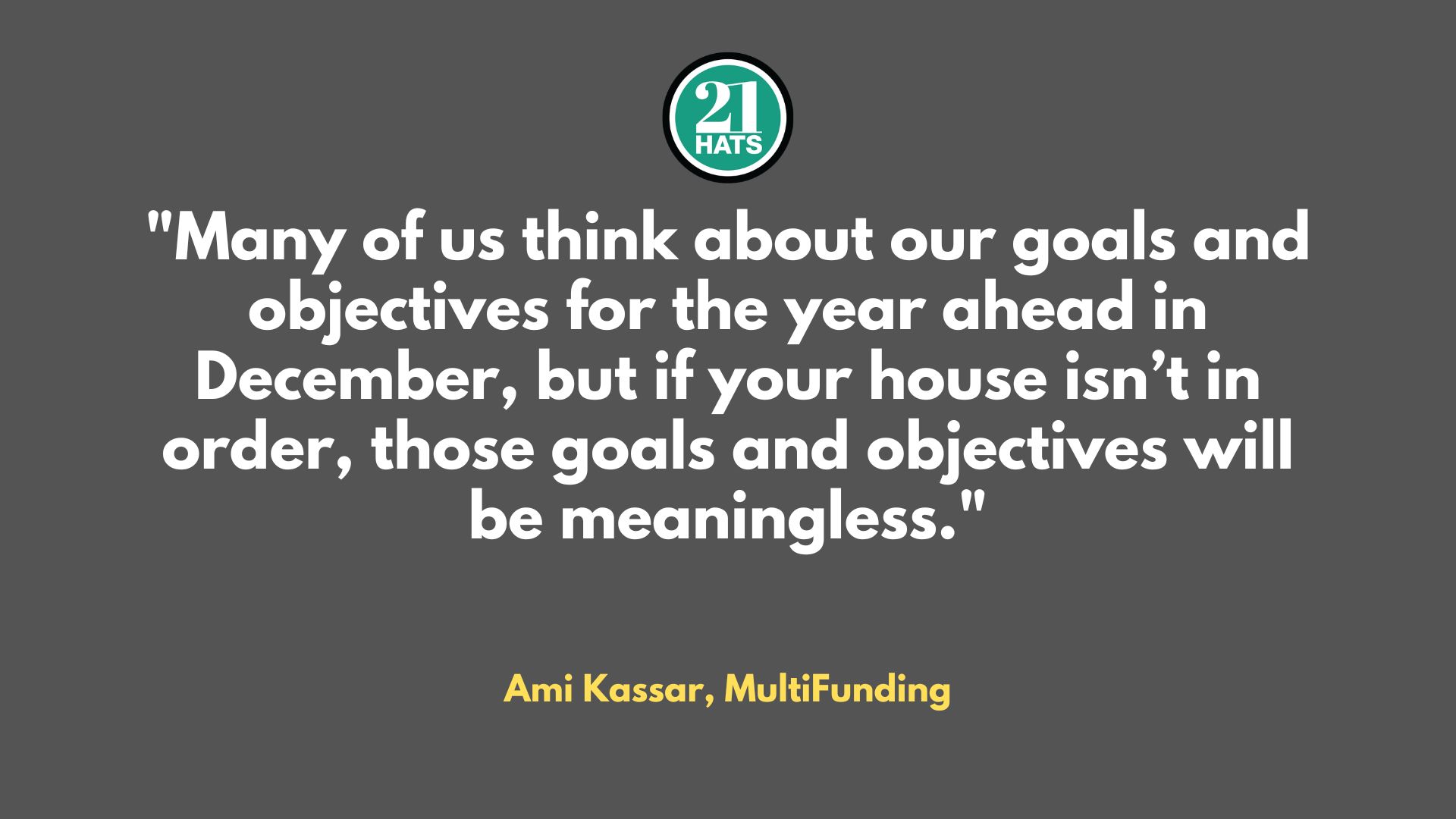How Much Cash Do You Need?

Forecasting and projecting are challenging for 95 percent of the business owners and entrepreneurs we work with. And that’s a problem.
By Ami Kassar
Last week, I had two strikingly different conversations with entrepreneurs about borrowing money. One entrepreneur I spoke with is in fast-growth mode. This entrepreneur knows that his business will “eat cash” next year, but he has only a vague sense of how much. He is in the consumer goods business, and he is moving into licensing deals that require lock-in fees and products to be manufactured before he starts to see revenue. In his case, equity investors are knocking on his door, but he would prefer to borrow money, even at a high rate, to avoid diluting his ownership.
I hung up, and the next call was less fun. This entrepreneur’s business is going through a pivot, and she knows that next year will be a down year. She, too, knows that she will need cash. Her reasons for needing the cash are very different from the growth entrepreneur’s, but similarly, she has only a gut sense of her true need. She’s in the logistics business, which boomed during Covid-19 but is now returning to reality. Not only is she coping with the lower volume, one of her leases has expired, and she needs to move, which will be costly.
If you think about the two calls, both entrepreneurs know they have a need, and they were right to look for help. But they have one thing in common: They lack a well-thought-out forecast and projection that shows clearly what their cash needs will be next year. We need to understand the need before we can sort out what might be the best lending approach to pursue (assuming there is one).
And this is where the rub lies. Forecasting and projecting are challenging for 95 percent of the business owners and entrepreneurs we work with. The problem, in part, is that building a good forecast from bad or insufficient data is impossible. And unfortunately, many small businesses run off of poorly put-together books and financials.
There are some well-worn phrases in accounting: FIFO stands for First In, First Out. LIFO stands for Last In, First Out. And sometimes, when I see the financial records of a small business, I think about SISO: as in, @hit In, @hit Out. Common examples include not taking the time to reconcile bank statements monthly, falling behind on invoicing, and failing to track accounts receivable. Sometimes, the financial statements do not show the cost of goods sold. Often, there is a significant disconnect between the balance sheet and the income statement. I could go on and on; often, when we explain the problem to business owners, they are dumbfounded.
Many of us think about our goals and objectives for the year ahead in December, but if your house isn’t in order, those goals and objectives will be meaningless. Everyone should make getting their accounting and bookkeeping in order a top priority. If you don’t, you will have a tough time borrowing money suddenly in an emergency. Do you have a solid foundational sense of how your business is performing and what controls are in place? This area needs your attention.
Building the forecasts and projections necessary to make thoughtful decisions about the future will be much easier with a solid foundation. And if you cannot do this, you might as well be riding a motorcycle while blindfolded. I hope 2024 will be the year you can start to see ahead.
I have yet to see forecasts and projections from the two entrepreneurs whose situations I shared above. I hope I will soon.
Ami Kassar is CEO of MultiFunding.